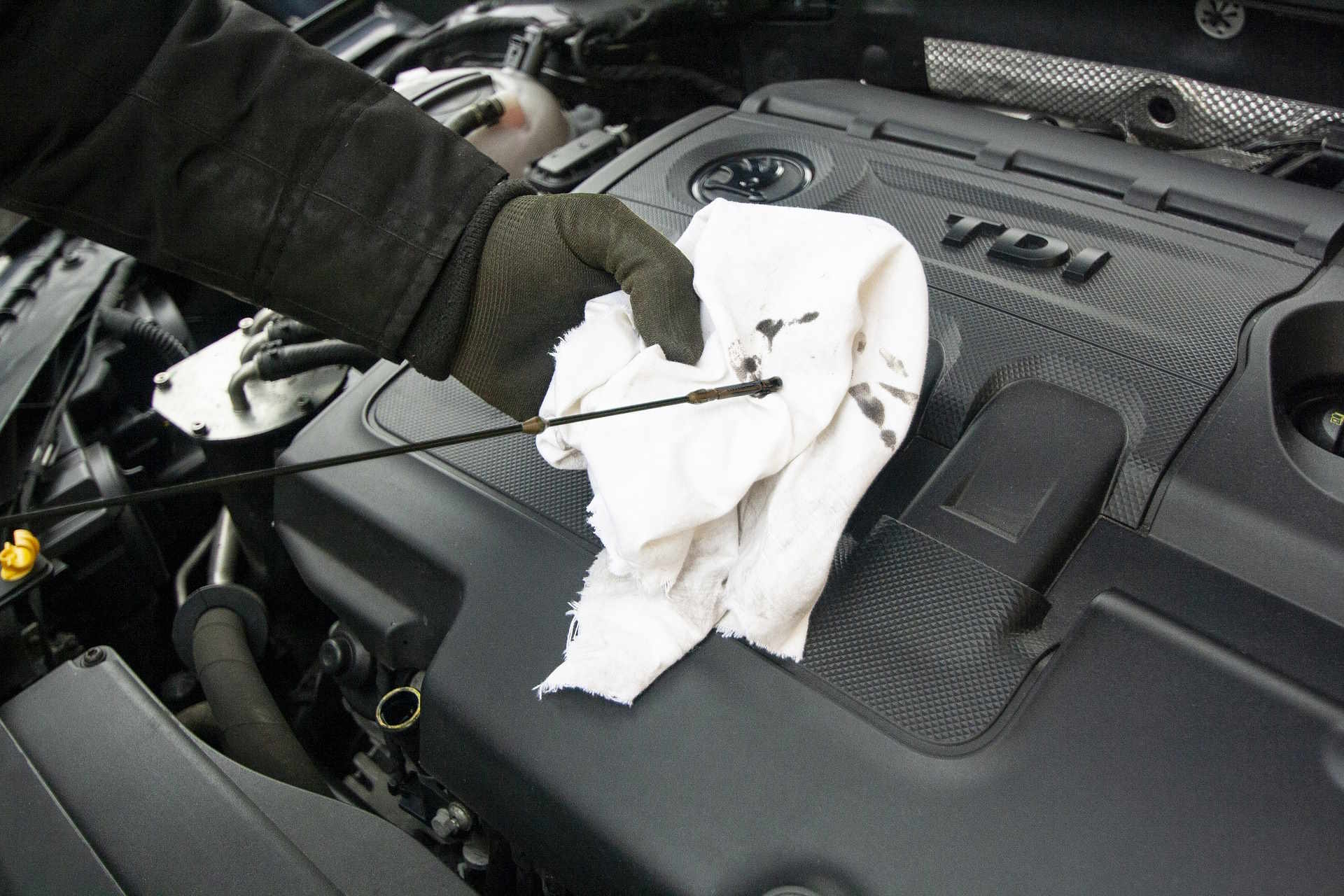Ford F-150 Pickups for Sale Near Me: How to Find, Compare, and Buy Locally
Shopping for a Ford F-150 locally can feel overwhelming, but a structured approach makes it manageable. Start by mapping out where to browse listings, learn how trims and engines differ, and set a realistic budget. Then verify condition, compare total costs, and plan financing so you can confidently complete a purchase close to home.
Finding a Ford F-150 nearby is easier when you combine local dealer inventories with national listing platforms and a clear plan. By understanding trims, engines, features, and ownership costs, you can narrow your options quickly, focus your test drives, and negotiate effectively. The steps below help you find, compare, and purchase an F-150 in your area with fewer surprises and better confidence.
Where to search locally and online for Ford F-150 listings
Start local: check franchised Ford dealerships and independent used car lots for current inventory and test-drive access. Expand your search on major platforms such as Ford Blue Advantage (for certified pre-owned), Autotrader, Cars.com, CarGurus, and CarMax. Use filters for model year, mileage, drivetrain, bed length, cab style, and price. Set alerts for new listings and track vehicles over several days to observe price changes. If cross-border or nationwide shopping is practical, factor in shipping, taxes, and registration rules before committing.
Understanding F-150 trims, engines, and key features
F-150 trims typically progress from work-focused to feature-rich. XL is commonly the utility-oriented entry point, XLT adds convenience tech, Lariat brings more comfort and options, while Tremor, King Ranch, Platinum, and Limited (availability varies by model year) deliver upscale interiors or specialized off-road capability. Raptor models prioritize high-performance off-road hardware.
Engines vary by model year but often include a naturally aspirated V6, multiple EcoBoost turbo V6 options, and V8 choices. Hybrids may be available in some years. Consider payload and towing needs rather than horsepower alone. Useful options include integrated trailer brake controllers, trailer backup assist, locking differentials, skid plates, bed utility packages, and driver-assistance tech (e.g., blind-spot monitoring with trailer coverage). Balance what you’ll use weekly with what meaningfully affects resale value and maintenance costs.
Comparing prices, dealer incentives, and certified pre-owned options
Price differences often reflect trim, drivetrain, bed/cab configuration, mileage, accident history, and regional supply. New-vehicle incentives may include dealer discounts or manufacturer programs that vary by market and time. Certified pre-owned (CPO) F-150s under the Ford Blue Advantage program can add manufacturer-backed inspections and limited warranties, often commanding a premium over non-CPO vehicles. When comparing, calculate the out-the-door price, including taxes, registration, documentation fees, and any add-ons.
Inspecting and test-driving new and used F-150s (checklist and vehicle history)
For used trucks, obtain a vehicle history report (e.g., Carfax or AutoCheck) and confirm maintenance records. Inspect panel gaps, paint match, frame rails, and the bed for signs of heavy use or collision repairs. Look for oil leaks, uneven tire wear, rust in high-salt regions, and aftermarket modifications that may affect reliability or insurance. During a test drive, check transmission shift quality, steering feel, brake performance, ride comfort (empty vs. loaded), and infotainment responsiveness. If you plan to tow, evaluate stability at highway speeds and ensure cooling systems are adequate. A pre-purchase inspection by a qualified mechanic is recommended even on CPO vehicles.
Negotiation, financing options, and completing the local purchase
Arrive with written quotes and pre-approval from a bank or credit union to anchor the discussion on total cost rather than monthly payment alone. Ask for a line-item breakdown of the out-the-door price, clarify fees, and decline extras you don’t need. Compare financing terms (APR, loan length, and any prepayment penalties) and consider total interest over the life of the loan. Before signing, verify title status, warranty coverage, return policies (if any), and ensure both keys, manuals, and accessories are included.
Real-world pricing varies by market conditions, model year, and inventory levels. Generally, new entry-level F-150 trims are priced in the mid-to-high USD $30,000s and rise with cab configuration, options, and performance packages, while well-kept used units can offer substantial savings. CPO units may cost more than comparable non-certified trucks but add inspection rigor and warranty benefits that reduce risk for some buyers.
| Product/Service | Provider | Cost Estimation |
|---|---|---|
| New F-150 XL (2024–2025, 2WD; cab/options vary) | Authorized Ford dealers | Typically USD $36,000–$42,000+ MSRP depending on configuration |
| New F-150 XLT (2024–2025) | Authorized Ford dealers | Typically USD $45,000–$55,000+ MSRP depending on options |
| Used F-150 XLT (2019–2022, ~30k–70k miles) | CarMax, Autotrader, Cars.com listings | Commonly USD $25,000–$40,000 depending on trim, mileage, and condition |
| Ford Blue Advantage Certified (CPO premium) | Ford Motor Company | Often USD $1,000–$2,000 above similar non-CPO units |
| Home-delivery used listings | Carvana | Often USD $24,000–$38,000 for 2018–2021 XLT/Lariat examples, depending on specs |
| Vehicle history report | Carfax, AutoCheck | About USD $25–$45 per report |
| Pre-purchase inspection | AAA Approved Auto Repair or independent shops | About USD $100–$250 depending on scope and region |
Prices, rates, or cost estimates mentioned in this article are based on the latest available information but may change over time. Independent research is advised before making financial decisions.
Negotiation, financing options, and completing the local purchase
Once you agree on a price, align on payment method, financing paperwork, and delivery timing. Confirm VIN on all documents, verify any lien releases for used vehicles, and record agreed remedies for open issues (e.g., second key, minor repairs) in writing on the buyer’s order. For private sales, use a secure payment method, a bill of sale compliant with local rules, and complete title transfer and registration with your local authority. Arrange insurance to start on the handover date and keep copies of all documents.
Conclusion: A structured search, familiarity with trims and features, a thorough inspection and test drive, and a disciplined approach to pricing and financing all contribute to a safer, more predictable purchase. With local services and reputable online platforms, you can compare options efficiently and select an F-150 that aligns with your budget and day-to-day needs.





